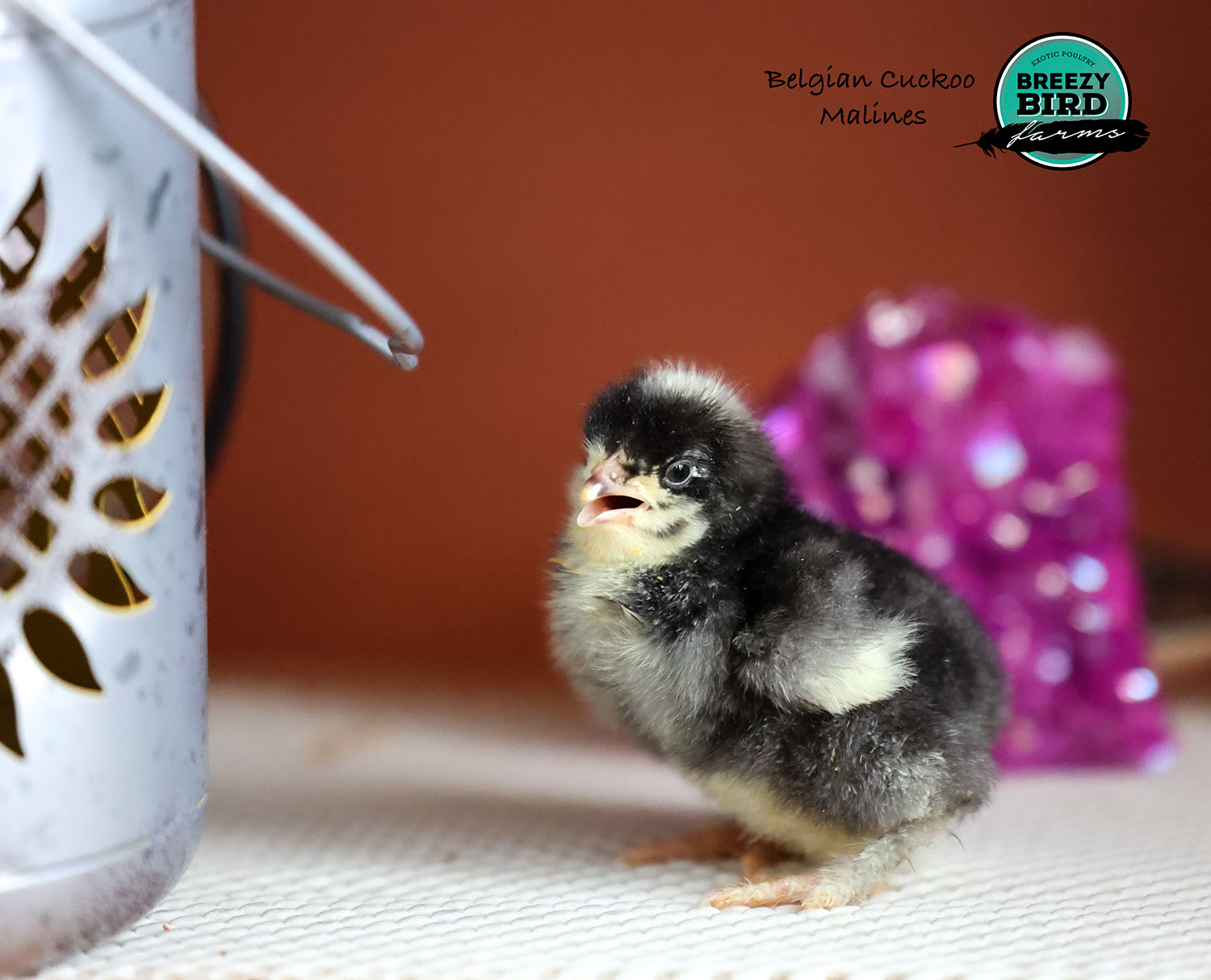MALINES
A Belgian breed
Friendly Foraging Birds
The Belgian Malines chicken breed has roots that trace back to the late 19th century in the Mechelen region of Belgium. Farmers in this area sought to develop a breed that could provide both high-quality meat and a reasonable supply of eggs. To achieve this, they began a selective breeding program that combined local chickens with several imported breeds, such as Brahmas, Cochins, and possibly other European fowl. This careful selection aimed to enhance traits such as size, hardiness, and laying capabilities. By the early 20th century, the Belgian Malines had gained recognition for its impressive size and dual-purpose qualities, becoming particularly popular in Belgium and neighboring countries.
In the 1920s and 1930s, Belgian Malines became a favored breed at agricultural fairs and exhibitions, where they showcased their striking appearance and robust build. However, after World War II, the breed faced competition from more commercialized and prolific egg-laying breeds, leading to a decline in its popularity. Many traditional breeds, including the Belgian Malines, were overshadowed by hybrids developed for intensive farming.
Despite this decline, a dedicated group of breeders and poultry enthusiasts worked to preserve the Belgian Malines. They recognized the breed's unique qualities and potential for sustainable farming practices. In recent years, there has been a resurgence of interest in heritage breeds, including the Belgian Malines, as consumers seek out local, sustainable, and ethically raised poultry.
Today, the Belgian Malines is celebrated not only for its dual-purpose capabilities but also for its historical significance and genetic diversity. Efforts to promote and maintain the breed continue, with breeders focusing on preserving its traditional characteristics while enhancing its productivity. The Belgian Malines is increasingly appreciated in backyard flocks and small-scale farms, where its friendly nature, attractive appearance, and quality meat and eggs make it a desirable choice.
Physical Characteristics
Size: Belgian Malines are large, robust birds, with hens typically weighing around 6-7 pounds and roosters between 8-10 pounds.
Body Type: They have a broad and deep body, with a well-rounded breast and strong legs.
Feathering: The plumage of the Belgian Malines is often characterized with striking black and white markings.
The breed is known for its attractive appearance and can come in various colors, including gold.
White birds may hatch out from BBF stock.
Comb and Wattles: They feature a single comb and large, bright red wattles, contributing to their eye-catching look.
Egg Production
Egg Color: Belgian Malines are known for laying medium to large brown eggs, which are sought after for their quality.
Egg Size: The eggs typically weigh around 55-65 grams (1.9-2.3 ounces).
Production Rate: They are moderate layers, producing approximately 150-200 eggs per year. While not as prolific as some commercial breeds, their dual-purpose nature makes them valuable for both meat and egg production.
Temperament
Personality: Belgian Malines are known for their calm and friendly demeanor. They are generally easy to handle, making them suitable for families and backyard settings.
Behavior: They enjoy free-ranging and foraging, displaying an inquisitive nature. Their gentle disposition allows them to coexist well with other poultry breeds.
Hardiness: Belgian Malines are considered hardy birds that can adapt well to various climates. They are relatively disease-resistant and thrive in both free-range and confined environments, provided they are given adequate space and care.
Breeding: The breeding of Belgian Malines focuses on maintaining their dual-purpose qualities, emphasizing both meat production and egg-laying capabilities. The breed is recognized for its ability to produce tasty meat, making it popular among those who raise chickens for both eggs and meat
© Copyright Breezy Bird Farms